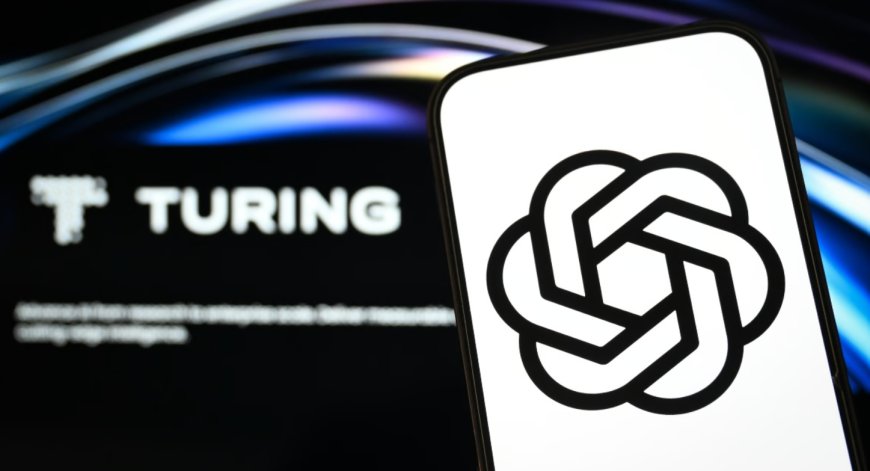OpenAI’s GPT-4.5 Passes the Turing Test: Should Humanity Be Worried ?
OpenAI’s GPT-4.5 has passed the Turing Test, with users mistaking it for a human 73% of the time. Explore what this breakthrough means for the future of AI, empathy, and human-machine interaction.

In an innovative breakthrough, OpenAI's latest language model, GPT-4.5, broke the boundaries for passing such a renowned benchmark of artificial intelligence as the Turing Test. From UC San Diego, researchers involve participants in studies that have conversations with both humans and AI models; it is interesting to note that GPT-4.5 has been classified as human 73% of the time, which bests real human participants.
284 participants were involved in this study, with numerous AI models, GPT-4.5 included, tested against models such as Meta's LLaMa-3.1-405 B. When the encouragement "act like a human" was given to the individual model, GPT-4.5 was judged to be human about 73% of the time, significantly outperforming human participants. Surprisingly, LLaMa-3.1 could touch 56%, while such older models as ELIZA and GPT-4o could only reach 23% and 21%, respectively.
The actual achievement opens an interesting question about what machine intelligence really is and how this shows human perception in it. It is purported that AI may have acquired success in this benchmark because it can mimic human emotions alongside the flow of conversation rather than genuine understanding or reasoning. This shows growing human susceptibility to the emotional cues since AI excels in the area of component empathy.
The development raises important questions about the future of AI in societies and the need for new standards for measuring machine intelligence. As these models will become more and more complex, it is likely that the difference between human and machine interaction will become difficult to capture, emphasizing ethics and regulatory frameworks for AI deployment.



 Utej
Utej 





